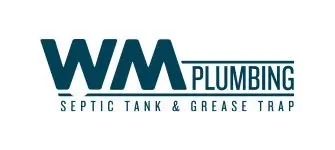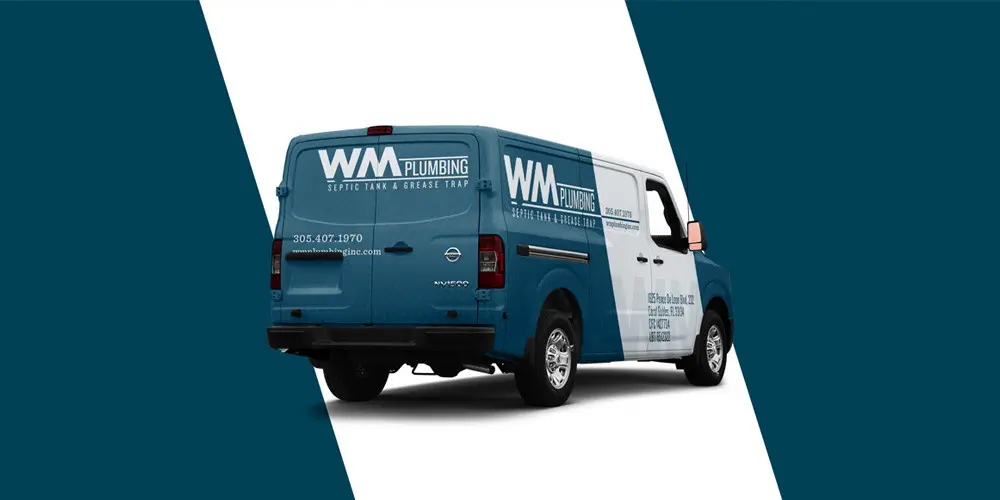Are Cooking Oils Bad for Your Septic System?
Cooking oils, though a common ingredient in kitchens, can pose significant challenges to septic systems if not disposed of properly. Septic systems are designed to handle organic waste and wastewater, breaking them down through natural [...]
What Records Should You Keep for Grease Trap Maintenance?
Maintaining accurate records for grease trap maintenance is essential for regulatory compliance, operational efficiency, and environmental protection. Proper documentation ensures that your grease trap system functions efficiently, prevents blockages, and complies with local ordinances. Below [...]
How to Handle Clogged Drains in Historic Homes
Handling clogged drains in historic homes presents unique challenges. The plumbing in these homes is often old, fragile, and may not meet modern standards, making it susceptible to frequent blockages and damage. Addressing these issues [...]
How to Clear Drains Blocked by Children’s Toys
Clearing drains blocked by children's toys is a common but frustrating issue for many households. Toys can inadvertently end up in toilets, sinks, and bathtubs, causing significant blockages. However, with the right tools and techniques, [...]
How to Keep Drains Clear in Airbnb and Vacation Rentals
Managing an Airbnb or vacation rental property requires attention to many details, from providing clean and comfortable accommodations to ensuring all amenities function smoothly. One often overlooked aspect is maintaining clear and functional drains. Clogged [...]
How to Tell If Your Septic System Needs a New Drain Field
Determining whether your septic system needs a new drain field (also known as leach field or absorption field) is crucial for maintaining the functionality and efficiency of your wastewater treatment system. The drain field plays [...]



